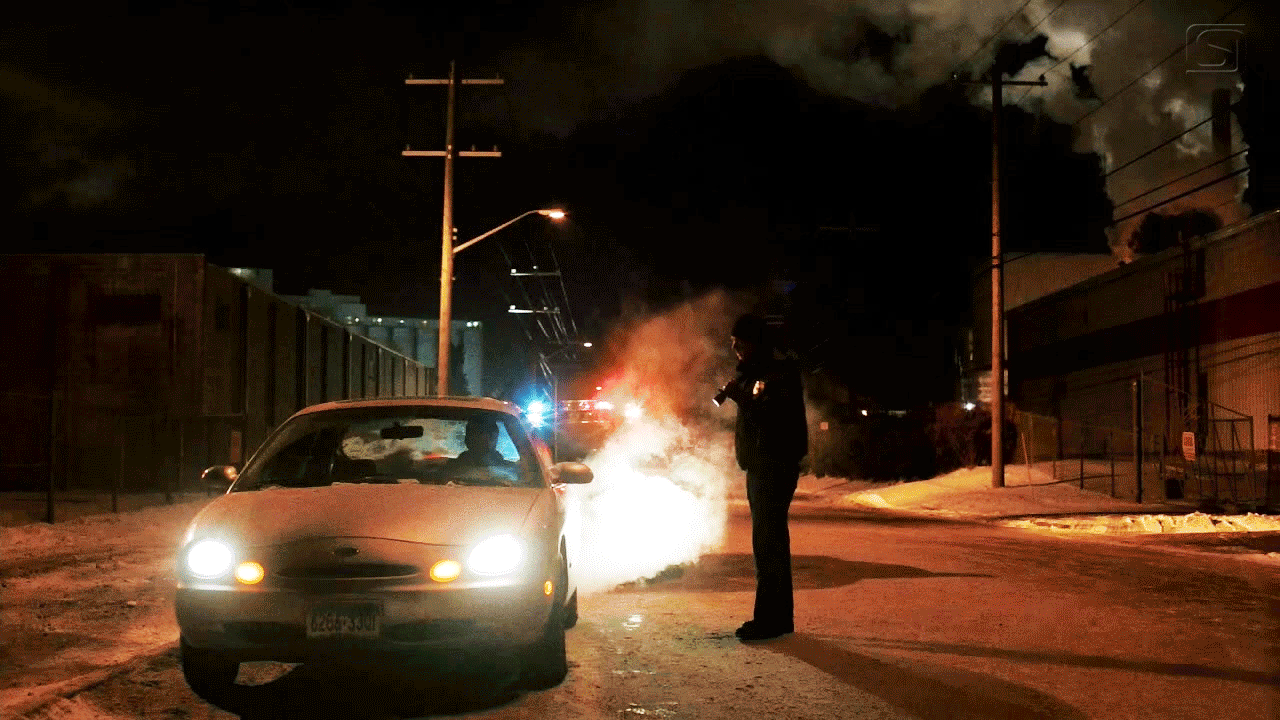Zainab Abdulkarim
Crotone - Files:
In the Clutches of Traffickers
01.09.2023

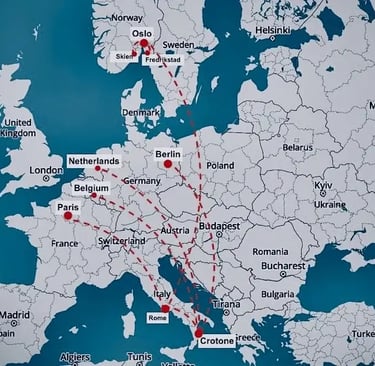
abdulkarim, Smuggling operations in 2008: Baghdad, Iraq, Italy, Norway
Salah Hassan Al saadi, Smuggling operations Rome to Oslo
“The smuggling of dozens of individuals into Schengen countries 2008.”
In late 2007, an art project emerged, presented as an international charity exhibition in Paris for sick children. Its organizers claimed to involve international and charitable organizations to support the exhibition and were supposed to bring together global artists for a noble humanitarian purpose. However, investigations revealed that the project was a meticulously crafted façade for fraud, exploiting the artistic and humanitarian ambitions of participants to conceal migrant smuggling operations and financial and legal exploitation. Zainab
The key figure behind this project, who presented herself as an official in the Iraqi Ministry of Culture following the U.S. occupation, employed a web of lies and deception to persuade artists and investors to participate. She presented fake, Photoshop-edited photos to mislead parties about her appearance, aiming to enhance the credibility of her claims, and stole ideas for artworks from other artists to reinforce the project’s false legitimacy. The real objective was to seize participants’ works and funds and entangle them in a complex smuggling network.
After more than 80 artworks were transported, they, along with additional artworks from other artists, were confiscated by the smugglers. It became clear that the exhibition was merely a deceptive front and a gateway for moving large numbers of migrants. The group was transported to the city of Crotone in southern Italy, where other groups of migrants seeking entry into Schengen countries through intermediaries joined them. There, the network confiscated the artworks, funds, and documents, leaving the victims in a vulnerable and exploitable situation. Investigations showed that this individual was part of a network connected with Iraqi smugglers in Schengen countries, exploiting her misleading connections with authorities and civil society to conceal her illegal activities.
This fraudulent project was not an isolated incident, but the beginning of a series of complex deceptions, including legal manipulation, creation of false cases, and exploitation of other victims under the guise of artistic and cultural activity, ultimately revealing a wide network of collusion and cross border fraud.
The photo shows the central figure in the smuggling operation on board a train during one of the group’s escape trips from Italy. Beside her is a man named Hamid, wearing a red T-shirt and serving as a guard at the Iraqi Embassy in Rome. Reports indicate that Hamid was one of her main supporters, as she contacted him in 2010 to assist her by acting as a witness against one of the victims, in connection with fabricated cases used for blackmail. Through this, the Norwegian police were misled with deceptive accounts. It is noteworthy that Norwegian authorities later forcibly deported him back to Italy by government decision, prior to the smuggling operations in 2008.
June 16, 2008 – 00:28 AM Italy Zainab Art Zainab Abdulkarim Ali
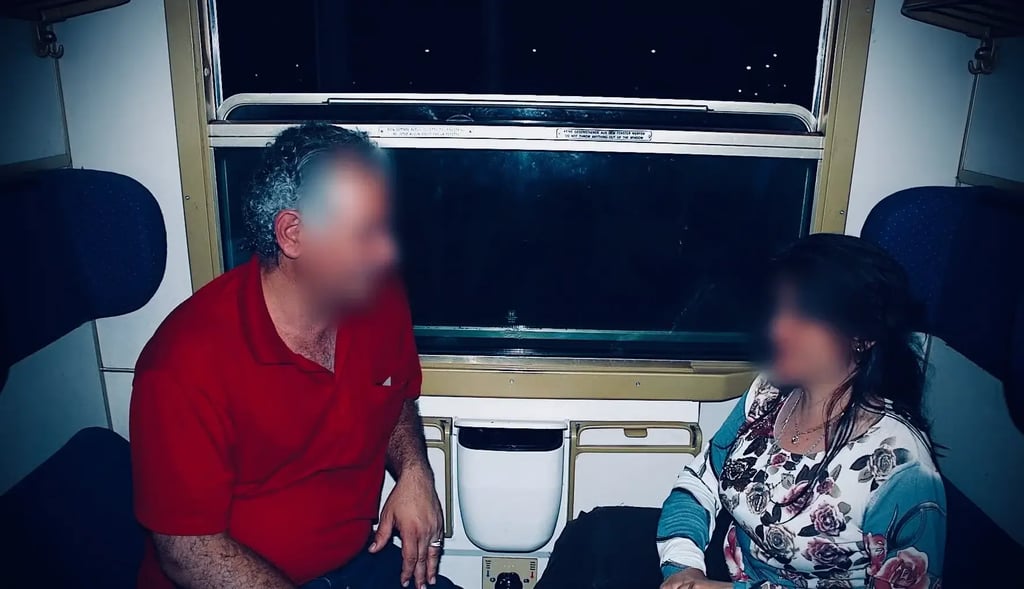



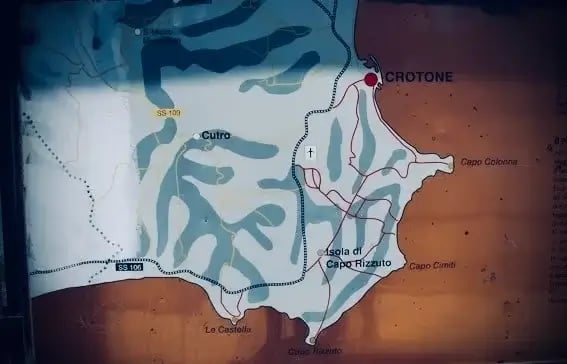

"A map placed on the road to the city of Crotone in southern Italy, one of the locations involved in past human trafficking operations. Crotone 2008" Zainab Art Zainab Abdulkarim Ali
The individual was smuggled with the assistance of the person who organized the activities in the city of Crotone, where artists were unlawfully detained after declining to participate in what was described as a “so called charity project exhibition.”. They were held under guard at the door, and later managed to escape after their belongings and money had been confiscated. Zainab Art Zainab Abdulkarim Ali
The woman identified as the key organizer claimed she had no connection with him and did not even know him. However, it later became clear that he was the one who drove her by car to Norway on a three day overland journey, after facilitating the smuggling of the entire group who had been presented as “artists” and supposed participants in visual art exhibitions. Crotone 2008

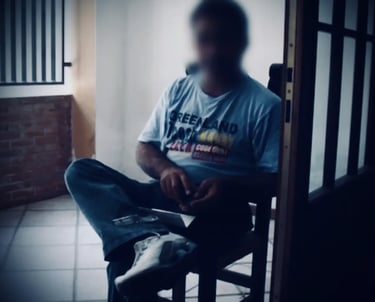


The guard is shown at the door while performing his duties at the site linked to the network. It is noted that he was later smuggled out to a Schengen country after completing his activities. Crotone 2008 Zainab Art Zainab Abdulkarim Ali
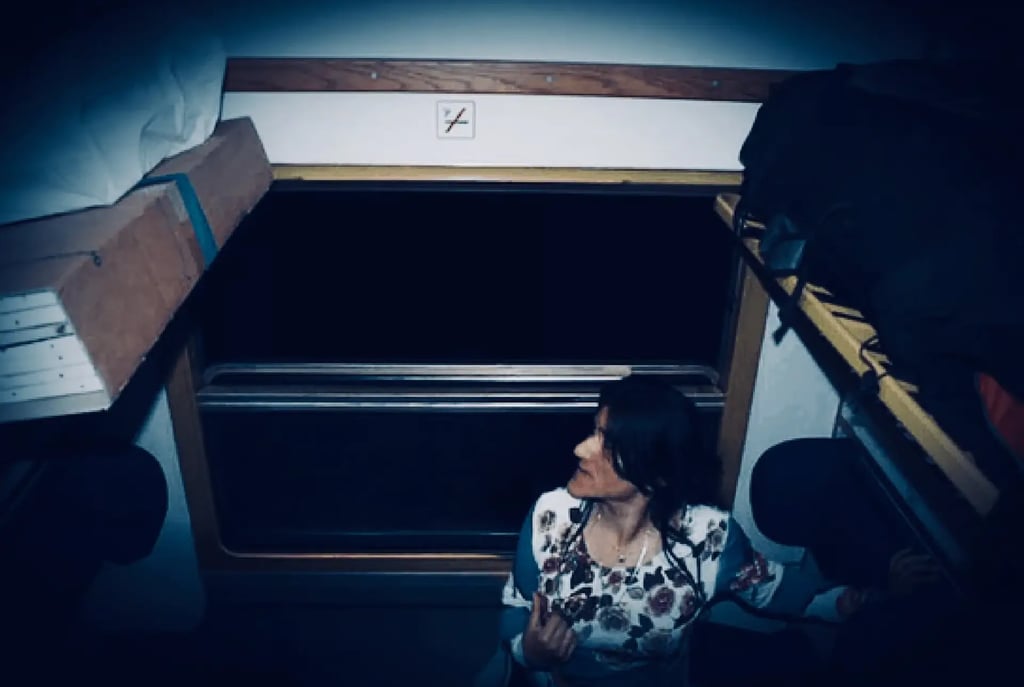

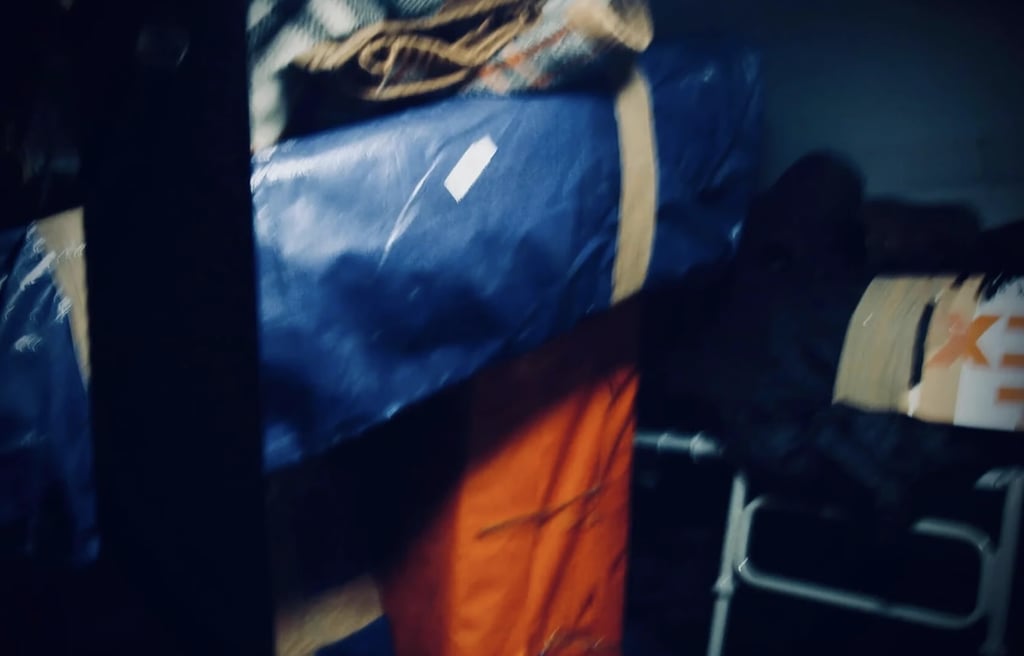

Collecting piles of artworks to deceive the authorities under the guise of artistic activity.
Italy 2008 Zainab Art Zainab Abdulkarim Ali
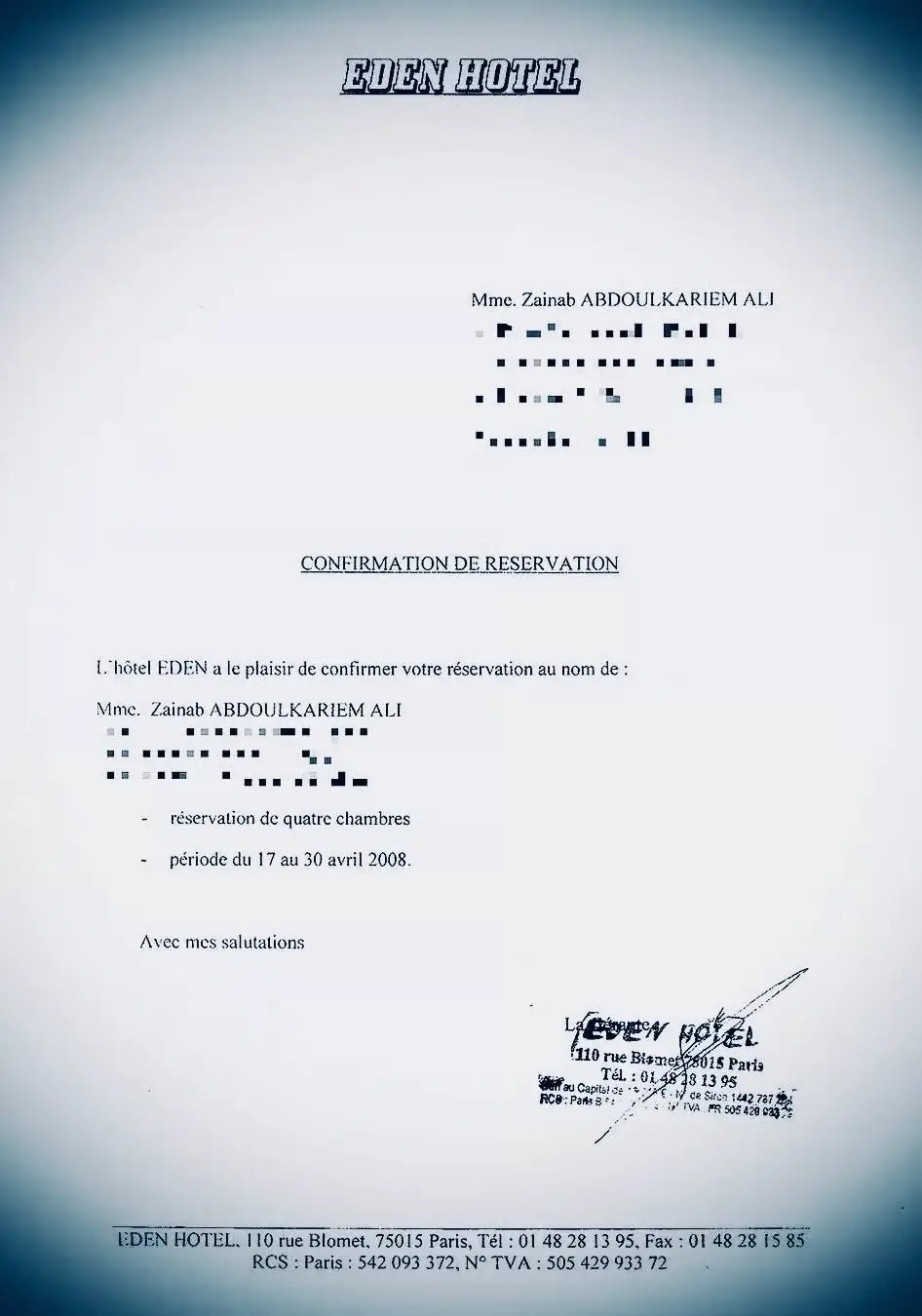

The deception involved claiming that the exhibition would take place in Paris; it later emerged that Paris was merely a transit point, while the actual coordination and activities were conducted in Crotone, Italy. Zainab Art Zainab Abdulkarim Ali
The exhibitions were entirely formal, with no artworks sold. None of the participants were returned to their home countries, as all individuals were smuggled to Schengen states, including the guard who had been responsible for overseeing the detainees. Furthermore, no donations were made to any association, and no organization or charity participated, contrary to the coordinator’s claims. These actions caused significant psychological, financial, and personal harm to the victims, many of whom were deceived, exploited, and left without support or legal protection.
A Biography Built on Lies, Deception, Fraud, and Trickery
Faces and Facades: How Fake Credibility Was Manufactured to Turn Art Exhibitions into Fronts for Human Smuggling
Documents spanning years reveal a systematic network that used artistic narratives and fabricated institutional credibility to deceive organizations and victims, turning "art projects" into channels for recruiting and smuggling migrants across Europe.
Victims in Baghdad and other countries around the world were targeted through inflated résumés, fictitious cultural initiatives, and misleading information presented as charitable or artistic projects. According to evidence related to the Crotone case, these fake fronts were later used to facilitate smuggling trips to Italy and Schengen countries since 2008.
A Carefully Designed Strategy
What distinguishes this approach is the deliberate exploitation of third parties to create manufactured credibility:
Build a polished digital presence on platforms such as LinkedIn, a personal website, and a digital CV.
Call on third parties via personal relationships and mutual interests to publish biographies or display work on archival platforms and galleries that appear independent.
The simple formula: enhanced digital presence + third-party endorsement = contrived credibility.
The result: a false trust that convinces victims and institutions, while physical evidence, contracts, and invoices are missing or unverifiable, turning the art front into a shell that appears legitimate to funders and local authorities.
Official Support That Accelerated the Operation
Documents indicate that the Iraqi Ministry of Culture (one of the victims of the coordinator’s deception) provided an initial grant of $5,000 for what was presented as a charitable art exhibition benefiting sick children, serving as a launch point for initial recruitment followed by wider operations.
The story was not merely a humanitarian project: systematic deception and persuasion techniques were used to fool legitimate charities caring for children and patients, and the projects exploited the official affiliations of these charities and arts institutions to appear legitimate and convince the ministry to provide funding.
Exclusion and Organized Fraud
After the coordinator obtained financial support and official visas in the name of the charitable organization, the charity found itself completely excluded from the operation, as a group of migrants was smuggled without its knowledge or consent. The matter was not discovered until weeks later, after the coordinator had left the country with the group, revealing the fraudulent nature of the operation that exploited trust in official documents and the project’s formal appearance.
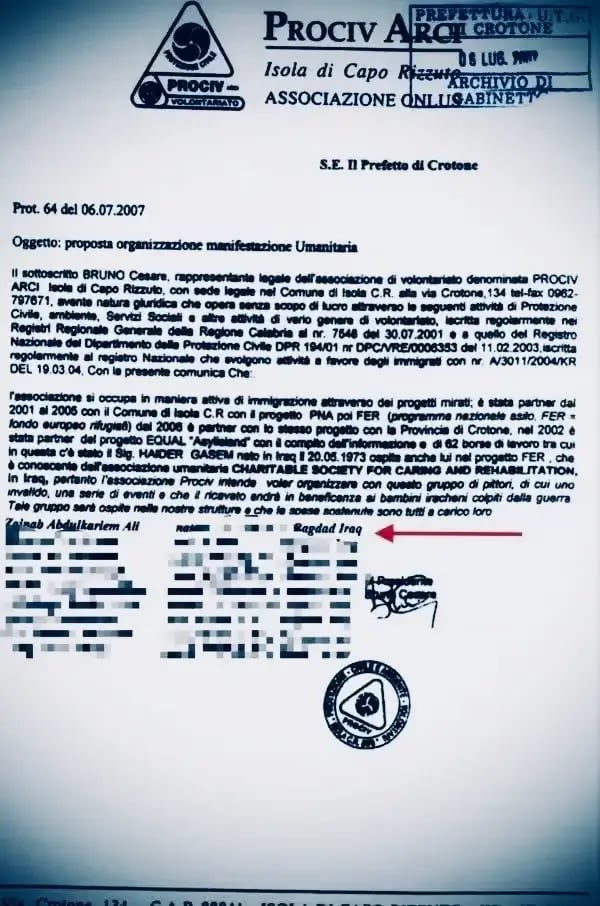

Interpol, Europol, UNODC, IOM, Frontex, Human trafficking, U.S. Department of State, Ministry of Justice and Public Security, Migrant smuggling, Fraudulent networks, Cross-border fraud, Exploitation under art projects, Photoshop deception, Varden.no Schengen countries, Italy, Rome, Crotone, Norway, Oslo lufthavn Gardermoen (OSL), Fredrikstad, Skien, Oslo.
𖡡 Documented event in Crotone, Italy, 2008


The charity’s president, Mr. Basim Abdul Razzaq, one of the victims of the operation, confirmed that the organization had received no information regarding the group’s travel or identity, and that it had fallen victim to an organized fraud that exploited official documents and the institutional façade to conceal the truth.
When the charity’s representative informed the Iraqi Ministry of Foreign Affairs and the Ministry of Culture both also victims of the coordinator’s deception about the exhibition scam, the coordinator incited the media and exploited her connections, using deception and manipulation to tarnish the reputation of the charity and its representatives. She leveled false accusations, including misappropriation of donations, supported by fabricated witness statements to convince the press, with the aim of preventing any investigation and silencing the truth. This misleading campaign continued for years, forcing the charity into silence for over a decade and compelling it to accept a bitter reality.
Artists Exploited to Mask the Smuggling Operation
The deception did not stop with institutions only: some artists were recruited to lend their names and works as an “artistic” cover, which made the operation more convincing and eased the smuggling of individuals. One of those artists was reportedly detained temporarily in a house in Crotone under guard until the smuggling activities were completed, later revealing that the real purpose was organized smuggling and human exploitation, not art.
The coordinator herself tried to replicate the methods at other stops, including an attempt to get additional funding from the Crotone municipality in 2008; the municipality allowed hosting the migrants as if they were artists before facilitating their departure, and the coordinator deceived them in a remarkable way.
Fake Digital Records in Norway
In Norway, the method continues using sole proprietorship registrations (enkeltpersonforetak) to strengthen the professional façade. Official records show that a company registered since 2011 at a residential address in Oslo:
Employs no staff.
Generates no income.
Has no financial transactions or commercial dealings.
Digital platforms such as LinkedIn are exploited to craft a polished CV, while contracts and invoices demonstrate no real commercial or artistic activity. The personal website and digital CV reinforce the online credibility despite the absence of independent verification.
What appears to be an art front or charitable project may actually be a cover for criminal operations. Digital evidence and an official-looking appearance alone are insufficient: verifying contracts, invoices, and bank transfers is essential before providing any support or funding.
Sources for Verification
ForbiddenFilesHub / investigations into similar patterns of deception
LinkedIn / the individual’s profile (questionable artistic affiliations)
The director of the association is one of the victims of the smuggling coordinator, who exploited the association’s name under the pretense of caring for sick children. The coordinator joined the association with the explicit aim of manipulating all parties and persuading various authorities to facilitate smuggling operations in 2008. She left the country with the group while the association’s officials had no knowledge of her actions, and the organization only became aware of the smuggling operation several weeks after her departure from Iraq.
Additional note: Evidence indicates that the coordinator adopted a calculated strategy aimed at intimidating others and preventing any serious investigation into her activities, by implying that the circulated materials, photos, or recordings were purely personal and family-related matters that should not be examined.
She exploited this organized deception to convince law enforcement agencies and digital platform administrations that the shared content fell within her private sphere, thereby obstructing any independent verification and concealing the true circumstances.
In another report issued by Oslo Police known for the involvement of some of its members in corrupt practices it was claimed that her photos were deliberately placed alongside criminal gangs with whom she had no connection, a statement officially recorded by Oslo Police.
This carefully crafted strategy reveals a systematic approach aimed at confusing authorities and undermining efforts to trace the smuggler and expose his role, thereby increasing the risks and hindering any serious investigation that could reveal the extent of the actual violations. Zainab Art Zainab Abdulkarim Ali



